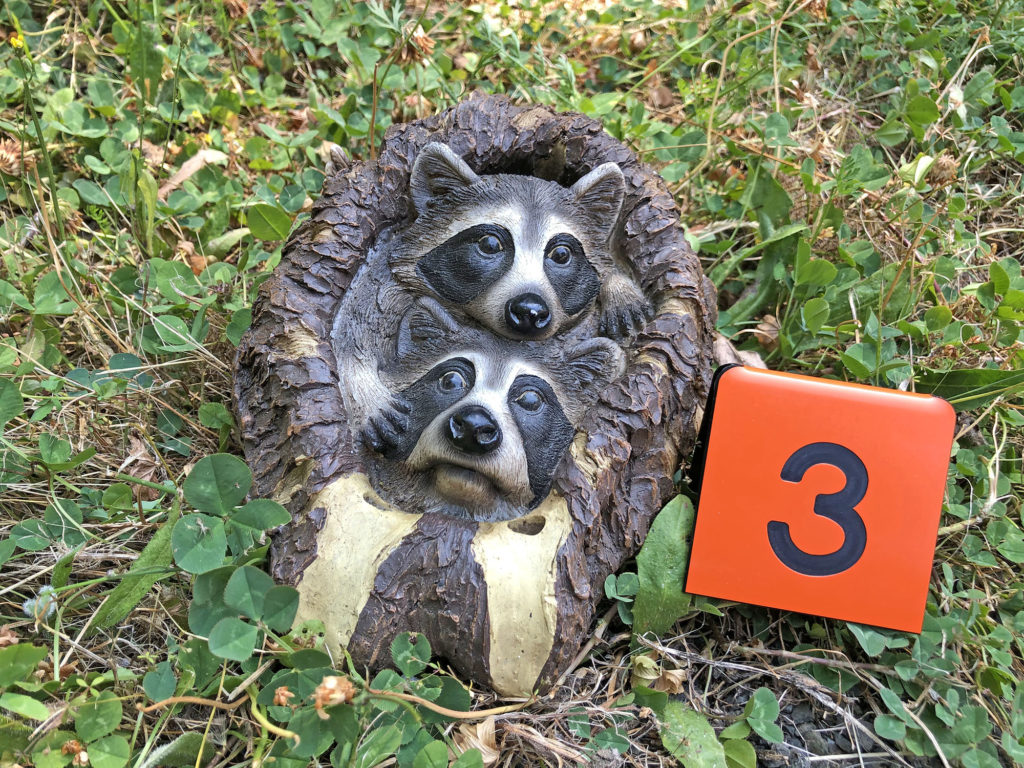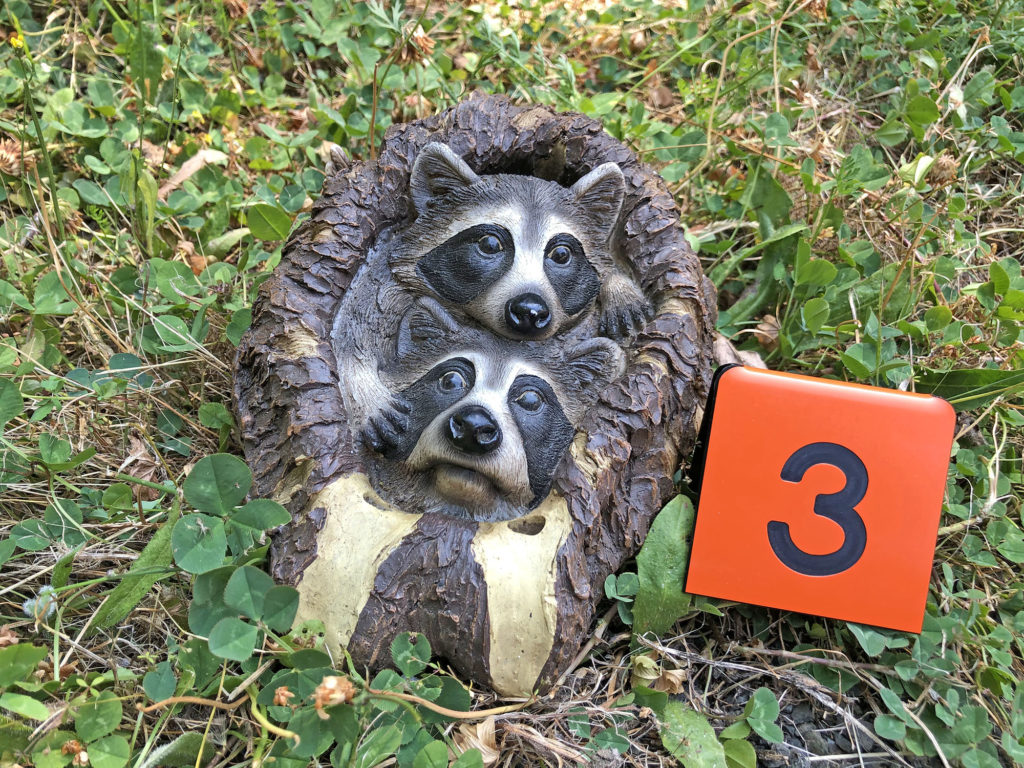
Social Behaviors Interactions & Communication


Social Behavior Objectives
-
Grid the possible impacts of social behaviors on the actor and recipient of the behaviors.
-
Compare and contrast forms of communication, including advantages and disadvantages of each.
-
Provide examples of eusocial species, including the roles individuals play in these societies.

An elephant matriarch, the oldest and dominant female, leads calves and younger female relatives to meet up with another family grouping of elephants. While together, all of the elephants will communicate and eat together.
Social behaviors are the interactions that occur within a species.
This video introduces social behaviors, including how they relate to fitness.
Schooling, or swimming together, is a common social behavior in fish, often when they are young.
What are potential advantages of swimming in a large group?
These three guppies were startled by one of the cats running by. Note how closely they are clustered, with eyes looking in multiple directions.
The slightly smaller fish with a white abdomen is a male. These guppies have been artificially selected to have less sexual dimorphism, but they retain many of their predator-response behaviors.
Two sets of eyes may be better than one. Cleaner shrimp sometimes aggregate together when advertising to fish that they are available to clean. Their behaviors change in a large group in contrast to a solitary shrimp, or a reproductive pair.
Prairie dogs work together to excavate underground burrows, collect food, and watch for predators. This extent of cooperation relies on communication for coordination of activities.

Guard, or sentry, prairie dogs chirp an alarm if a predator approaches the den. This sentry is more likely to get eaten because it is standing and chirping. Which kind of social behavior involves the recipient benefiting but the actor being harmed? ______________ In an evolutionary sense, when might it make sense for an animal to “sacrifice” itself to save others?
Social behaviors are dependent of the transfer of information between individuals. Next, we are examining animal communication.

This frog is croaking to attract a potential mate. The advantage is that the female can hear the male even if she doesn’t see him. The disadvantage is that potential predators can hear the frog as well.
This video introduces the various forms of animal communication, including their advantages and disadvantages.
We often focus on visual identification, but audio identification can be valuable, particularly if the organism is out of visual range.
In this aviary, large numbers of birds are flying around and communicating. Bird song varies based on the number of individuals present, nutrition, weather conditions (temperature, moisture), and the proximity of a potential predator.
Geese use vocalizations to establish dominance hierarchies and attract mates. In many cases what sounds like loud random noises to our ears, conveys meaning between the ducks.
Cricket males make a chirping sound by rubbing their rear legs together. This process, called stridulation, is genetically programmed, although males may improve the quality of their sound through practice.
On a warm summer night, the nocturnal crickets are actively communicating.
These crickets are too young to “chirp.” Changes in hormones promote stridulation in adult males.
Loaches use a variety of forms of communication, including tactile. See if you can catch their “reassuring” touches when the camera gets too close to the tank.
Kittens purr and knead with their paws, behaviors that may calm the mother during nursing. However, both behaviors can persist into adulthood and be used during interactions with humans. Is there the potential impact on a domestic cat’s fitness if it purrs and kneads?
The “ultimate” societies in terms of complex behaviors are eusocieties.

These worker bees are foraging for food. Other worker bees, the queen, and male drones back at the hive are dependent on these bees returning with food. Strongly interdependent societies are called eusocieties, or even super-organisms.
This video introduces the concept of eusocial behaviors.
Breeding colonies of naked mole rat eusocieties have been established in some zoos and research facilities. This one is located at the Oregon Zoo in Portland Oregon.
Ant Eusocieties
Many ant species form eusocieties. This video introduces ants with a range of artifacts.
Ants have some of the most intricate behaviors seen within invertebrate species. This includes coordinated efforts like these ants attempting to bridge a gap between branches.



Ant species have incredibly varied diets. Leafcutter ants harvest and carry leaves back to their tunnels. The leaves are used as compost for the fungal colonies they grow underground. They are so efficient at foraging, a single colony’s underground tunnels can reach 30 meters in diameter.
A single ant can carry a leaf many times its body weight. The cuts seen on the leaves are made with powerful mandibles that also deter predators.


Honeydew is sugar water secreted by aphids that feed on plant sap. Different species of “honeydew ants” farm these aphids like mini cows. The ants protect the aphids, herd them to keep them from straying, and consume the honeydew the aphids produce.
This close association is an example of symbiosis. The honeydew ants benefit because they get nutrients, and the aphids benefit because the ants drive off predators like lady beetles. Which type of symbiosis is this?
Answer: mutualism

Observing Ants
Maintaining ants for study in an “ant farm” enclosure is popular because ants can be quite active and some species will dig tunnels in a provided substrate.
This video demonstrates the set-up for one of the most popular ant enclosures.
Ants, and their relatives termites, often appear uninvited to human enclosures.

Typically we see ants moving from one point to another as they are in the photo. They follow chemical paths deposited by other ants.
Ants do spend time eating, resting and sleeping, we just don’t typical see it occurring. Note the tactile communication between ants in this video.
The next section introduces animals, including diverse invertebrates that lack backbones.

Check your knowledge. Can you:
-
grid the possible impacts of social behaviors on the actor and recipient of the behaviors?
-
compare and contrast forms of communication, including advantages and disadvantages of each?
-
provide examples of eusocial species, including the roles individuals play in these societies?



